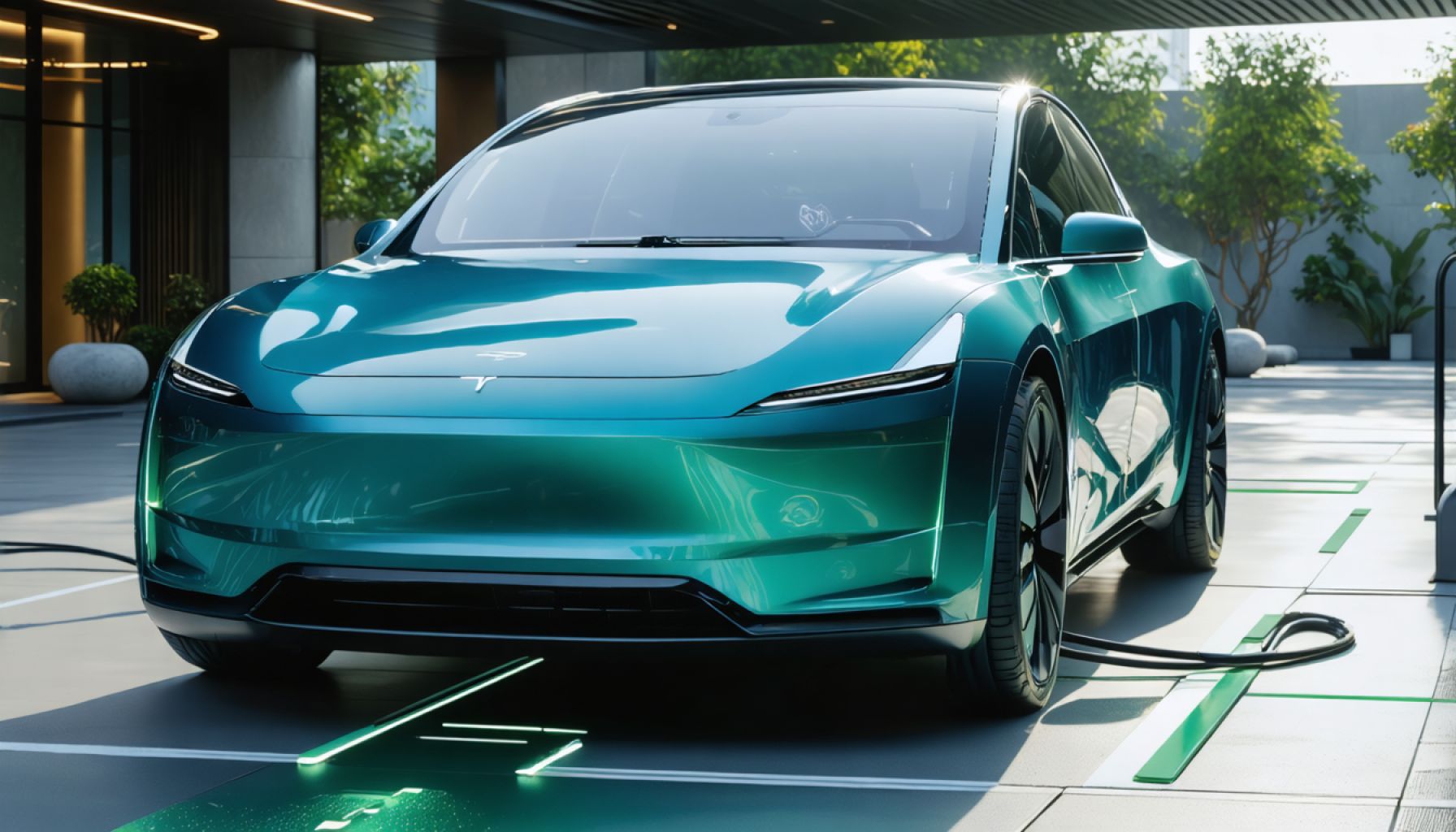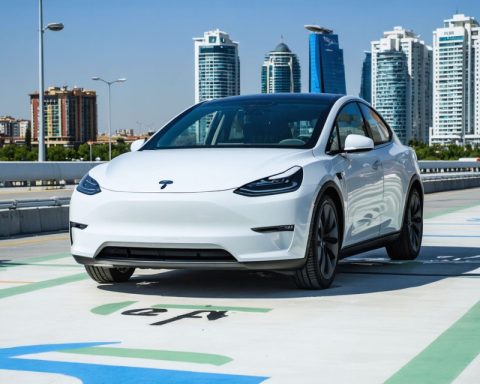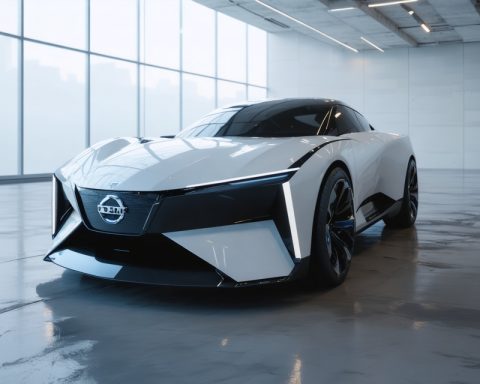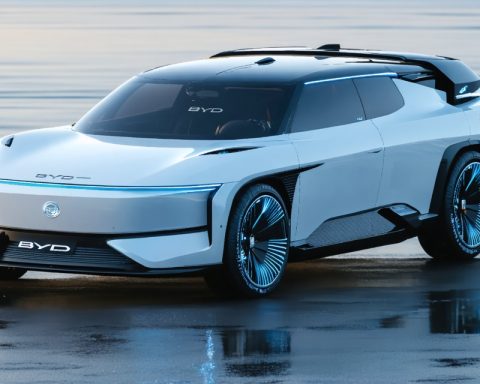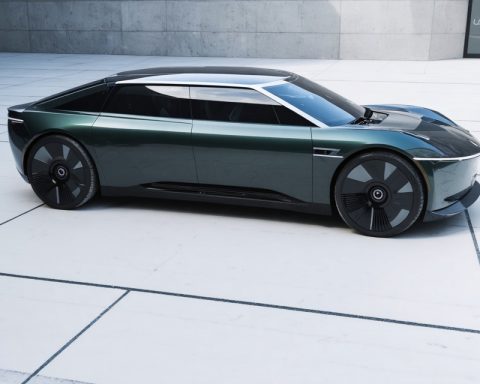- Wireless EV charging is a revolutionary technology, utilizing inductive charging or resonant magnetic coupling to eliminate cables and enhance safety.
- This technology is crucial for the future of autonomous vehicles, enabling them to charge independently and contribute to automated mobility networks.
- The Asia-Pacific region, led by countries like China, Japan, and South Korea, is at the forefront, driven by major automakers partnering with tech firms.
- Globally, wireless charging supports sustainability with its smart-grid compatibility and approximately 90% energy transfer efficiency.
- The advancement of wireless charging technology is removing barriers to EV adoption by making charging as seamless as refueling.
- The international adoption race is fast-paced, with a significant emphasis on catching up with Asia-Pacific’s leadership in EV infrastructure.
The road to the automotive future is being paved with wireless technology, and nowhere is the journey more compelling than in the realm of electric vehicles (EVs). Picture this: an electric vehicle glides into a garage, and within moments, without so much as a click or a clink, it begins to charge seamlessly, wirelessly.
Welcome to the era of wireless EV charging—a revolution not in the distant future, but unfolding right now. Utilizing advanced inductive charging or resonant magnetic coupling, these systems transfer energy invisibly from a pad on the ground to a receiver in the vehicle. This high-tech hand-off occurs without the familiar tangle of cables, making the process not only sleek and efficient but also reducing wear and tear and enhancing safety by eliminating trip hazards and the risks associated with live wires.
Proponents of this cutting-edge technology champion not just its convenience, but its compatibility with the future of transportation: autonomous vehicles. These driverless innovations, soon expected to cruise our streets, could autonomously find and settle over these charging pads, ensuring they are always charged and ready, thus spearheading the dawn of fully automated mobility networks.
While the world watches, the Asia-Pacific region sprints ahead in the wireless charging race. In the forthcoming decade, countries like China, Japan, and South Korea are projected to lead globally in this domain. The boom in EV adoption and pioneering strides in autonomous technology, combined with significant investments in infrastructure, firmly plant this region at the helm. Household names in the automotive industry such as Toyota, Nissan, and Honda are not just participants, but key drivers, forging partnerships with wireless tech firms to solidify a strong market presence.
Yet, despite regional head starts, the potential for wireless EV charging is global. As cities worldwide strive for sustainability and reduced emissions, the allure of a charging infrastructure that is easy to use, weather-resistant, and smart-grid compatible couldn’t be stronger. Current systems boast about 90% efficiency in energy transfer and harmonize seamlessly with smart grids, maximizing power utilization—a critical feature as energy sustainability becomes increasingly important.
Bold steps forward in this technology promise to make charging as unobtrusive as refueling, thereby removing a significant barrier to EV adoption. The real takeaway? This isn’t just about charging vehicles without cables. Wireless EV charging represents a fusion of ease, safety, and smart innovation—an electrified pathway toward a more sustainable future.
In short, the race is on. As manufacturers and tech innovators intensify their efforts, the question doesn’t seem to be whether the world will adopt wireless charging for EVs, but rather how fast they will catch up to the ambitious pace set by Asia-Pacific leaders.
Wireless EV Charging: The Future of Electric Mobility Unleashed
Overview of Wireless EV Charging
Wireless electric vehicle (EV) charging, also known as inductive charging, is revolutionizing the automotive landscape. This innovative technology allows an EV to charge simply by positioning it over a charging pad—an advancement particularly beneficial for autonomous vehicle fleets.
Key Features and Specifications
– Inductive Charging Technology: Employs magnetic fields for energy transfer between a ground pad and a vehicle’s receiver. It eliminates the need for physical connectors, thus reducing wear and enhancing safety.
– Efficiency: Current systems achieve around 90% efficiency, comparable to traditional plug-in chargers. This reduces energy waste and aligns with sustainability goals.
– Smart Grid Compatibility: Integrates seamlessly with smart grids, optimizing energy use and contributing to grid stability.
How Wireless Charging Works
1. Alignment: The vehicle is aligned over a charging pad installed in the ground.
2. Energy Transfer: Magnetic fields transfer energy from the pad to the vehicle’s receiver.
3. Charging Management: The system manages energy flow and automatically stops once the battery is fully charged.
Pros and Cons Overview
Pros:
– Convenience: No cables, making it user-friendly and less prone to damage.
– Safety: Reduced trip hazards and no exposure to live wires.
– Supports Autonomous Vehicles: Enables seamless charging for driverless cars.
Cons:
– Infrastructure Costs: High initial costs for installation may limit widespread adoption.
– Vehicle Compatibility: Not all EVs currently support wireless charging.
– Efficiency Losses: While high, there’s still notable energy loss compared to direct plug-in methods.
Market Trends and Industry Forecasts
The Asia-Pacific region, with leaders like China, Japan, and South Korea, spearheads the development of wireless EV charging technology. Major players are investing heavily in partnerships and infrastructure to foster growth. By 2030, this region is anticipated to dominate the market, facilitated by government incentives and rapid EV adoption rates.
Controversies and Limitations
The main controversies revolve around the initial cost of deploying wireless charging infrastructure and the potential health impacts of prolonged exposure to magnetic fields. While current studies (e.g., from the International Commission on Non-Ionizing Radiation Protection) suggest safety, ongoing research and public perception will significantly influence market adoption.
Real-World Use Cases
– Urban Deployments: Ideal for city environments where parking spaces are scarce, offering quick top-ups during short stops.
– Public Transport: Buses equipped with wireless charging can recharge incrementally throughout their routes, maintaining a constant charge level.
Actionable Recommendations
1. Stay Updated: Follow the latest developments from major auto manufacturers and tech companies to understand upcoming models supporting wireless charging.
2. Consider Compatibility: If you’re contemplating an EV purchase, check for wireless charging support or retrofit options.
3. Government Policy Monitoring: Public incentives and policies can dramatically impact the cost-effectiveness of adopting wireless EV technology.
Quick Tips
– When parking over a charging pad, ensure precise alignment for optimal charging efficiency.
– For businesses, investing in wireless charging stations could promote a green brand image and attract eco-conscious customers.
For further exploration of how technology is reshaping the automotive industry, visit Toyota or Honda.
